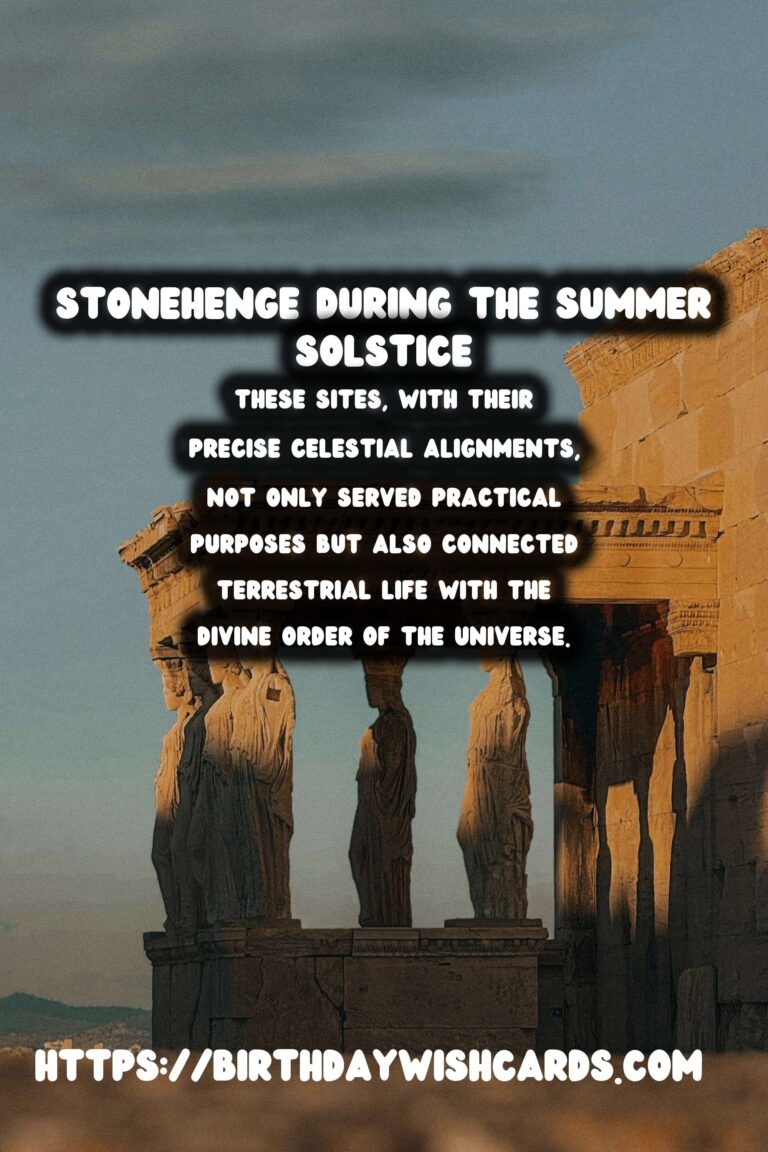
The mysteries of the universe have always captivated humankind. Long before modern technology offered glimpses into the cosmos, ancient civilizations were already attuned to the celestial ballet playing out in the night sky. They erected magnificent structures—sites that align with celestial events, such as solstices and equinoxes, showcasing their advanced understanding of astronomy. This article delves into some of these fascinating ancient sites and the celestial alignments that make them unique.
The Role of Astronomy in Ancient Civilizations
From the expansive deserts of Egypt to the windswept highlands of the Andes, ancient societies across the globe were keen observers of the stars. They recognized the importance of celestial events for both practical and spiritual reasons, using the heavens not only to mark time but also to align architectural structures with significant cosmic occurrences. This intrinsic connection to the cosmos is vividly captured in various ancient astronomy sites that continue to amaze us today.
Stonehenge: The Iconic Monument of the Summer Solstice
Perhaps the most renowned of all ancient astronomy sites is Stonehenge, located on the Salisbury Plain in England. Constructed over several millennia, this prehistoric monument is a circular assembly of massive stones aligned with the sun’s movements. Stonehenge’s most significant celestial alignment occurs during the summer solstice when the rising sun perfectly frames the Heel Stone, casting a shadow into the center of the circle. This alignment is a testament to the builders’ sophisticated knowledge of solar patterns.
Newgrange: An Irish Portal to Winter Solstice Illumination
Built over 5,000 years ago, the passage tomb of Newgrange in Ireland is an awe-inspiring example of megalithic architecture blending with astronomical insight. During the winter solstice, a beam of sunlight penetrates its long passageway to illuminate the inner chamber. This phenomenon is not only a testament to the ancient builders’ profound understanding of celestial cycles but also underscores the spiritual significance attributed to lighting up the tomb with sunlight—a symbol of rebirth and renewal.
Machu Picchu: The Sun Festival Alignment
Nestled amidst the rugged mountains of Peru, Machu Picchu is more than just a breathtaking site; it is an architectural marvel of precise celestial alignments. The Intihuatana stone at Machu Picchu, often referred to as a ‘hitching post of the sun,’ aligns with the sun during the important festival of Inti Raymi. This Incan sun festival celebrates the winter solstice, marking the sun’s return in the Southern Hemisphere and symbolizing a period of renewal and harvest.
Chichen Itza: Venus and the Serpent’s Shadow
A masterpiece of Mayan architecture, the pyramid of El Castillo at Chichen Itza in Mexico is brightly spotlighted during the vernal and autumnal equinoxes. On these dates, the setting sun casts a series of shadows on the pyramid’s steps, creating the appearance of a serpent slithering down its side. This visual spectacle, known as the “Descent of the Feathered Serpent,” aligns with the Mayan worship of the feathered serpent god, Kukulkan, showcasing their adeptness at merging astronomical and religious symbolism.
Nabta Playa: Africa’s Ancient Observatory
Situated in the Nubian desert of Egypt is Nabta Playa, one of the world’s earliest known astronomical sites. This ancient ceremonial center, dating from at least 7,000 years ago, features stone circles and alignments pointing to key astronomical events, notably the summer solstice and, likely, the seeds of the Orion constellation. This complex illustrates the extensive reach and analytical skills of early African civilizations in understanding and utilizing the night sky.
Conclusion: Celestial Alignments as a Universal Connection
The intimate bond between ancient societies and the heavens is a timeless reflection of human curiosity and reverence for the cosmos. These sites, with their precise celestial alignments, not only served practical purposes but also connected terrestrial life with the divine order of the universe. As we journey further into the cosmos with modern advancements, these ancient astronomy sites remain a steadfast reminder of our enduring quest to understand the universe that cradles us all.
The mysteries of the universe have always captivated humankind. These sites, with their precise celestial alignments, not only served practical purposes but also connected terrestrial life with the divine order of the universe. 
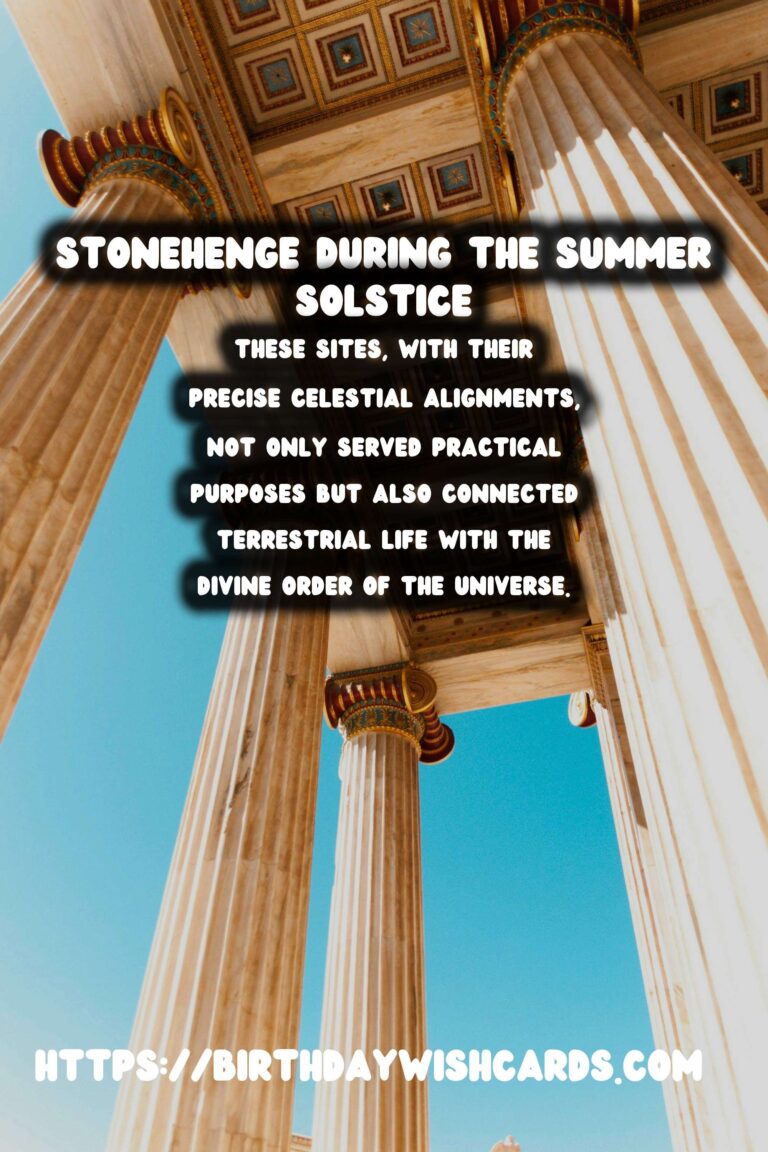
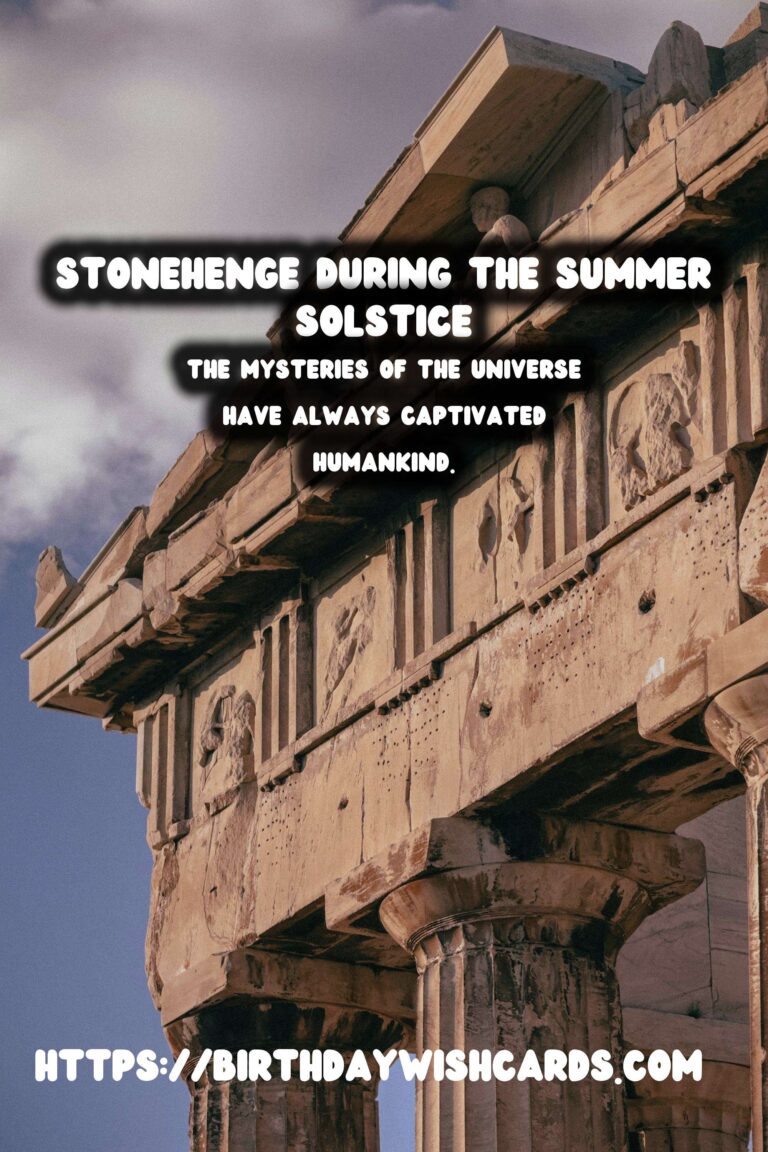
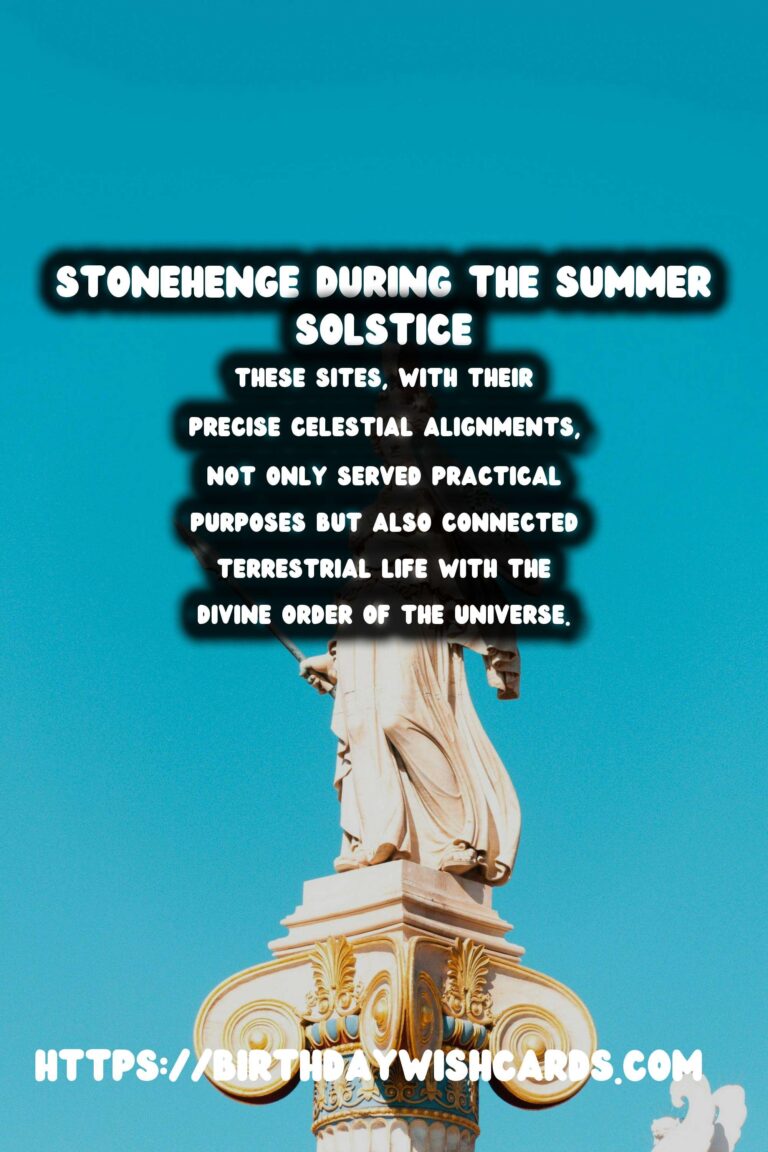
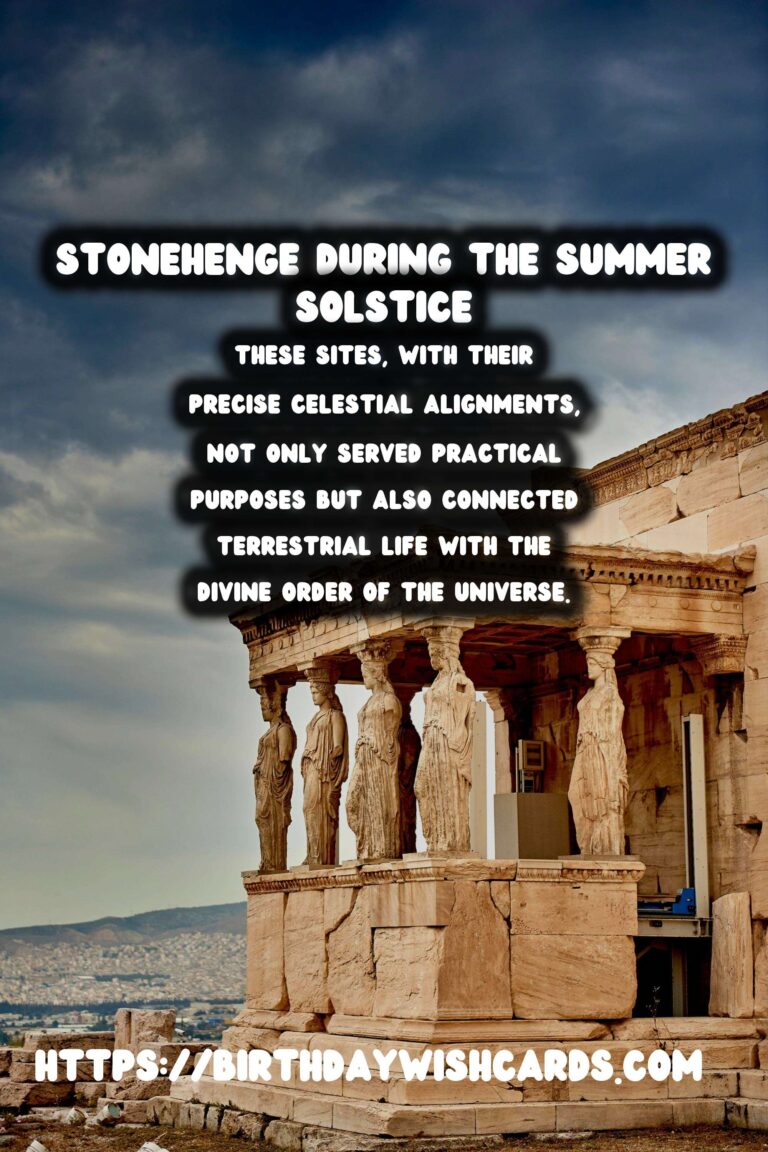
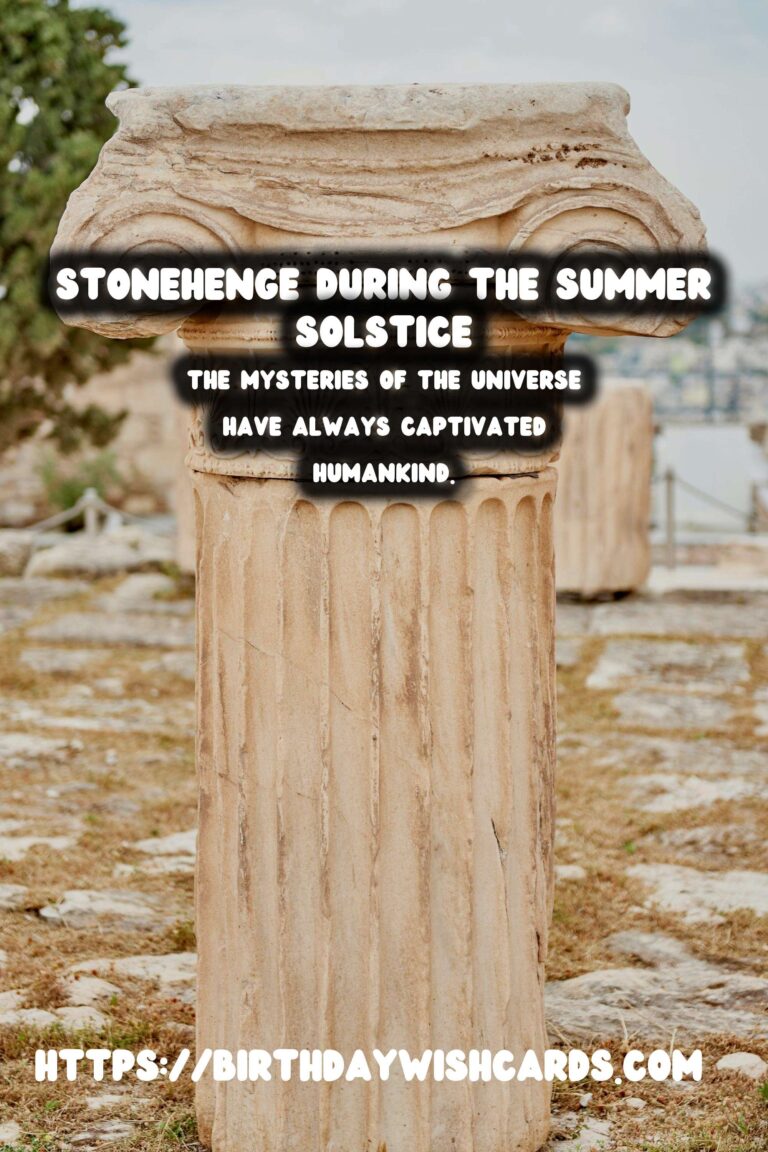
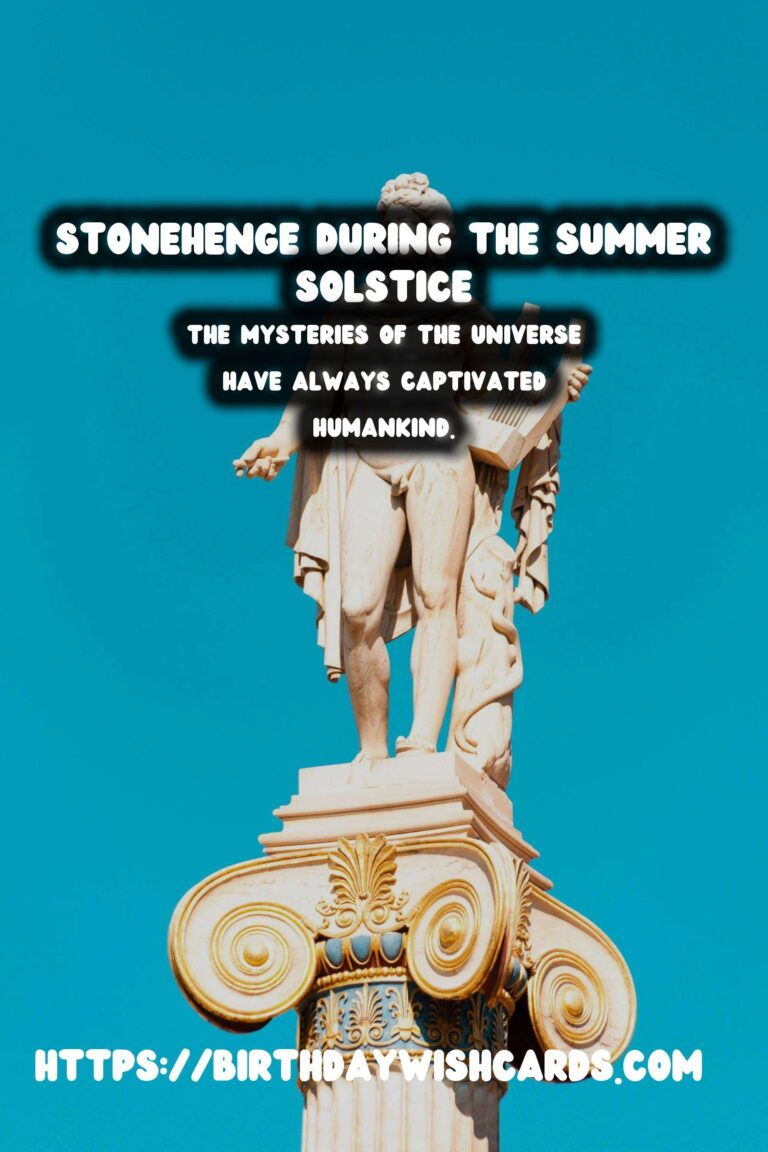
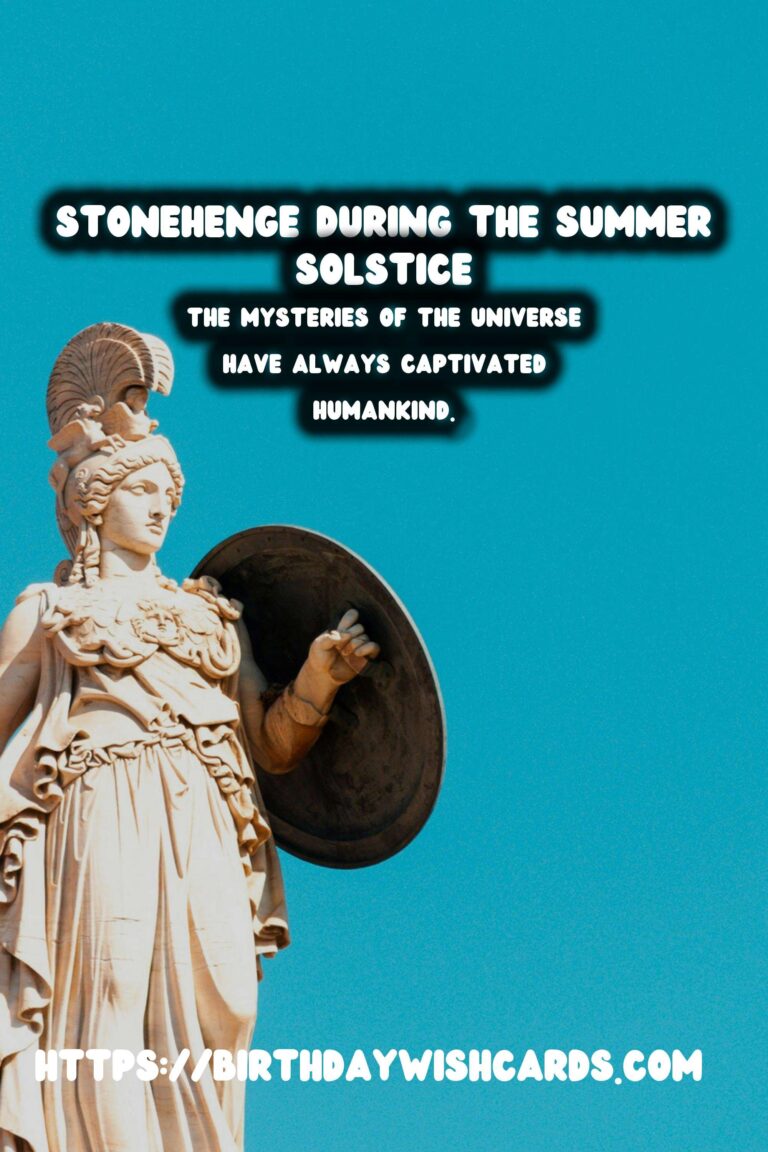
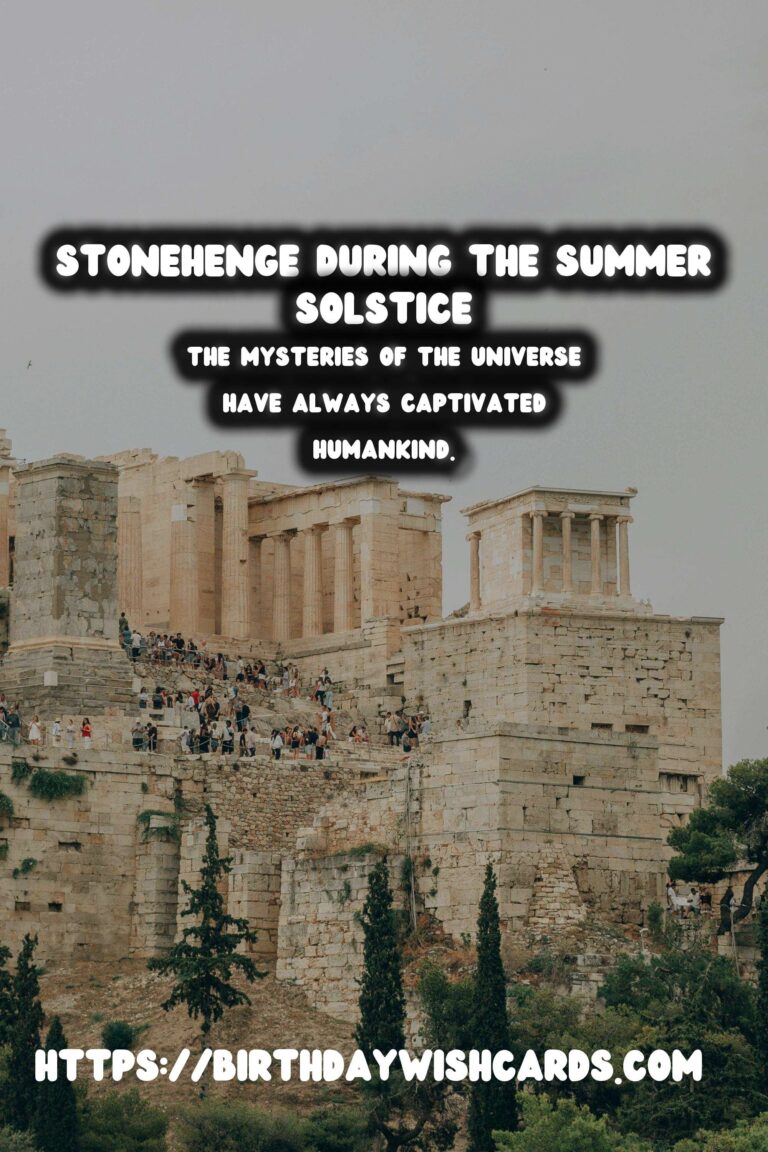
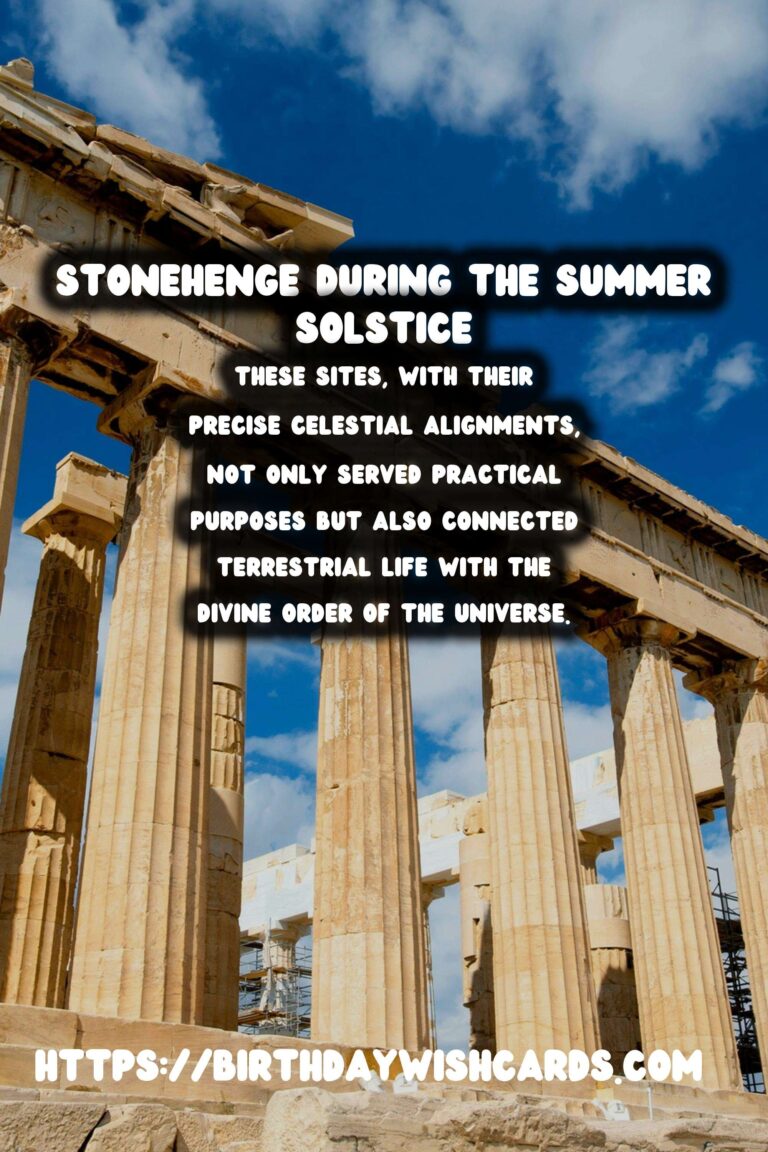
#AncientAstronomy #CelestialAlignments




